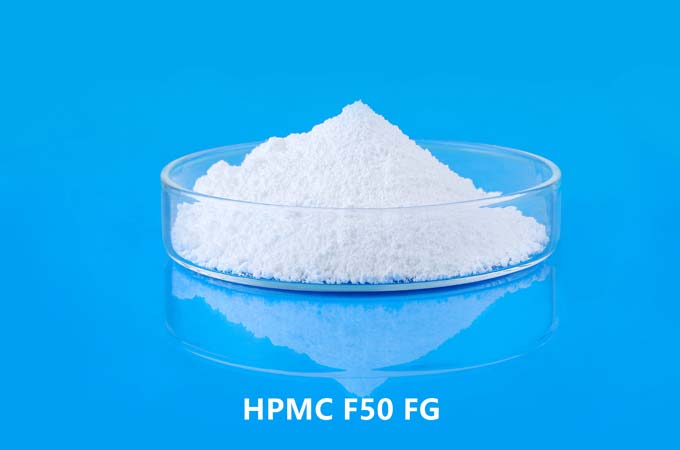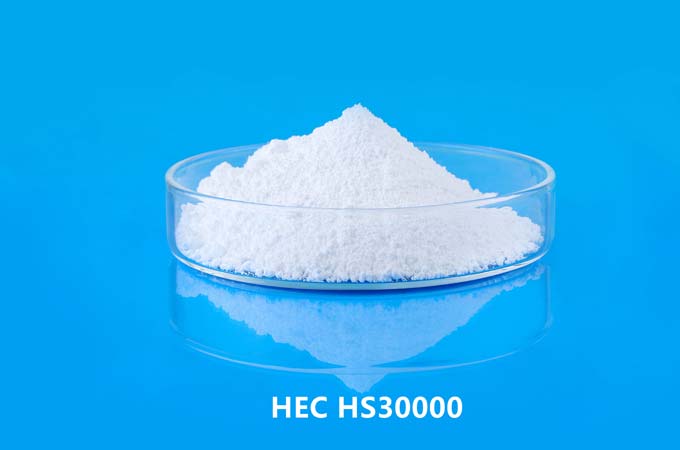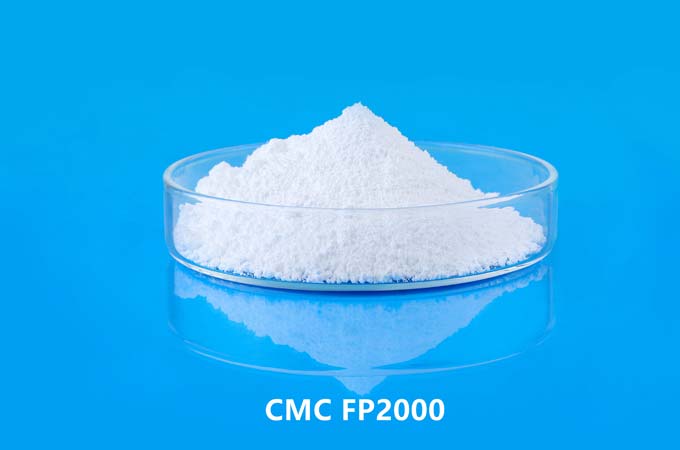The effect of pH on cellulose ethers is a complex topic with significant implications for various industrial and scientific applications. Cellulose ethers are a class of water-soluble polymers derived from cellulose, a naturally occurring polysaccharide found in plants. These ethers are widely used in industries such as pharmaceuticals, food, cosmetics, and construction due to their unique properties, including thickening, stabilizing, film-forming, and water-retention abilities.
Understanding how pH influences the behavior of cellulose ethers is crucial for optimizing their performance in different applications. pH, a measure of the acidity or alkalinity of a solution, can profoundly affect the solubility, viscosity, gelation, and other physicochemical properties of cellulose ethers.
1. Solubility: The solubility of cellulose ethers is highly dependent on pH. In acidic conditions (pH < 7), many cellulose ethers, such as methyl cellulose and hydroxyethyl cellulose, exhibit improved solubility due to protonation of hydroxyl groups on the polymer backbone. This protonation disrupts intermolecular hydrogen bonding, leading to increased polymer chain flexibility and solubility in water. However, extreme acidity can cause degradation or hydrolysis of cellulose ethers, limiting their stability and effectiveness.
In contrast, under alkaline conditions (pH > 7), cellulose ethers tend to undergo deprotonation, resulting in decreased solubility. This is particularly evident for carboxymethyl cellulose (CMC), which contains carboxymethyl groups that ionize in alkaline solutions, leading to reduced polymer chain flexibility and solubility. However, some cellulose ethers, such as hydroxypropyl methyl cellulose (HPMC), may remain soluble or form gels in alkaline environments, depending on their chemical structure and degree of substitution.
2. Viscosity and Rheology: pH significantly influences the viscosity and rheological behavior of cellulose ether solutions. In general, acidic conditions promote higher viscosities due to increased polymer solubility and chain entanglement. This is exploited in industries such as food and cosmetics, where cellulose ethers are used as thickening agents to enhance product texture and stability. Moreover, pH-sensitive cellulose ethers, such as pH-responsive hydrogels, can undergo reversible changes in viscosity or gelation in response to changes in environmental pH, offering tunable rheological properties for various applications.
3. Molecular Conformation: pH-induced changes in molecular conformation play a crucial role in the properties of cellulose ethers. At low pH, cellulose ethers may adopt more extended conformations, facilitating interactions with water molecules and promoting solubility. Conversely, at high pH, cellulose ethers tend to coil or aggregate due to reduced electrostatic repulsion between polymer chains, leading to phase separation or gel formation. Understanding the pH-dependent conformational transitions of cellulose ethers is essential for designing materials with tailored properties for specific applications, such as drug delivery systems or wound dressings.
4. Applications: The pH sensitivity of cellulose ethers has numerous practical implications across various industries. In pharmaceutical formulations, pH-responsive cellulose ethers are utilized in controlled-release drug delivery systems, where drug release rates can be modulated by changes in pH along different regions of the gastrointestinal tract. In food products, cellulose ethers serve as emulsifiers, stabilizers, and thickeners, contributing to texture modification, shelf-life extension, and fat reduction. Additionally, in construction materials such as cement-based mortars, cellulose ethers enhance workability, water retention, and adhesion, improving the performance and durability of building structures.
pH exerts a profound influence on the solubility, rheology, molecular conformation, and applications of cellulose ethers. Understanding the pH-dependent behavior of these versatile polymers is essential for optimizing their performance in various industrial and scientific contexts. Further research into pH-responsive cellulose ethers and their applications holds promise for the development of innovative materials with tailored properties and functionalities.
 English
English 日本語
日本語 français
français Deutsch
Deutsch Español
Español italiano
italiano русский
русский português
português العربية
العربية Türkçe
Türkçe Nederland
Nederland



